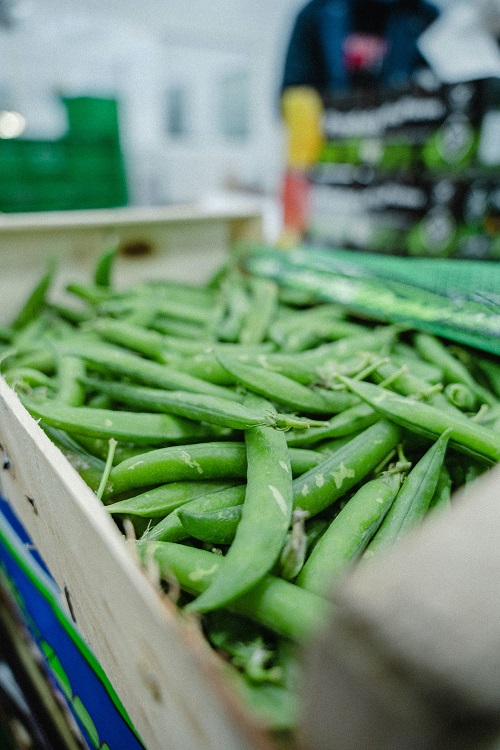French Beans Farming

Type: Farming
Key Products for Sale:
Fresh French beans, French bean seeds, value-added products (frozen French beans, canned French beans, etc.).
Technology Considerations:
Utilization of modern irrigation systems, soil monitoring devices, and mobile apps for farm management.
Market for the Products:
Local consumers, supermarkets, restaurants, and export markets interested in high-quality French beans.
Key Inputs into the Business:
French bean seeds, fertilizers, irrigation systems, labor, packaging materials, and transportation.
Product Preparation Process:
Land preparation, seeding, cultivation, harvesting, processing (if producing value-added products), packaging, and distribution.
Quality Considerations:
Optimal growing conditions, organic farming practices (if targeting health-conscious consumers), timely harvesting, careful processing and packaging, and adherence to food safety standards.
Cost of Investment:
Land Acquisition or Lease: Cost: This varies depending on the location and size of the farm.
Equipment Purchase: Irrigation systems: KES 200,000 up to KES 500,000
Farming tools and machinery (e.g., plows, hoes, etc.): KES 50,000 up to KES 200,000
Packaging equipment: KES 100,000 up to KES 300,000
Operational Costs: French bean seeds: KES 20,000 up to KES 50,000 (depending on quantity and variety)
Fertilizers: KES 30,000 – KES 100,000 per year Labor: KES 100,000 up to KES 300,000 per year (depending on farm size and wage rates)
Packaging materials: KES 20,000 up to KES 50,000
Transportation: KES 50,000 up to KES 150,000 per year
Marketing Expenses: Website development and maintenance: KES 50,000 – KES 100,000 (one-time cost)
Advertising and promotion: KES 50,000 – KES 200,000 per year
Total Estimated Cost Ranges from KES 620,000 to KES 1,950,000, depending on various factors such as farm size, equipment quality, and operational scale.
These figures serve as estimates, and actual costs may vary based on specific circumstances and market conditions.
Required Operational Infrastructure:
French bean fields, irrigation systems, storage facilities, processing equipment, transportation vehicles, and administrative offices.
Most Suitable or Viable Location of the Business:
Regions with suitable climate and soil conditions for French bean cultivation, access to water sources, and proximity to target markets.
Potential Sources of Investment Capital:
Personal savings, agricultural loans, government grants, partnerships with investors or agricultural organizations.
Requirements for Effective Management:
Knowledgeable farm managers, skilled laborers, financial management expertise, marketing strategies.
Role of Mobile Phone and ICT in the Business:
Farm management apps, market research tools, communication with suppliers and buyers, online marketing.
Statutory Regulations and Licenses:
Compliance with agricultural regulations, land use permits, food safety standards, and business licensing requirements.
Pricing:
Competitive pricing based on production costs, market demand, and product quality.
Profitability:
The profitability of French bean farming can be substantial with effective management and market demand. On average, a well-managed French beans farm can yield profits ranging from KES 500,000 to KES 1,500,000 per acre annually, after deducting all operational expenses. These figures are estimates and may vary depending on factors such as farm size, yield per acre, market conditions, and operational efficiency. Additionally, revenue can be further enhanced by diversifying product offerings to include value-added products like frozen or canned French beans, catering to different consumer preferences and increasing market opportunities.
Next Steps to Take:
Secure land, acquire necessary equipment and inputs, establish relationships with suppliers and buyers, implement marketing strategies, and monitor crop growth and market trends.

